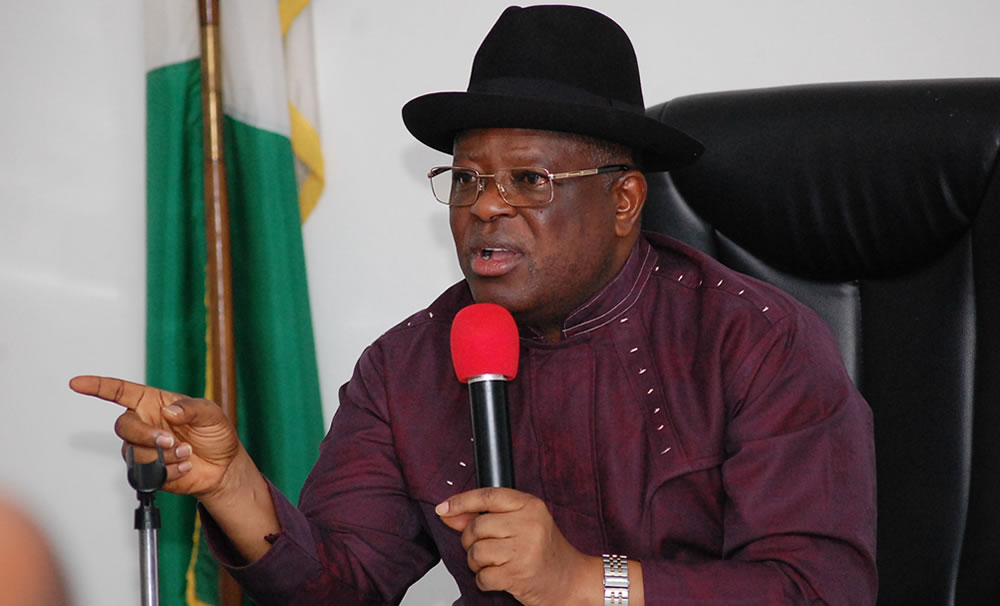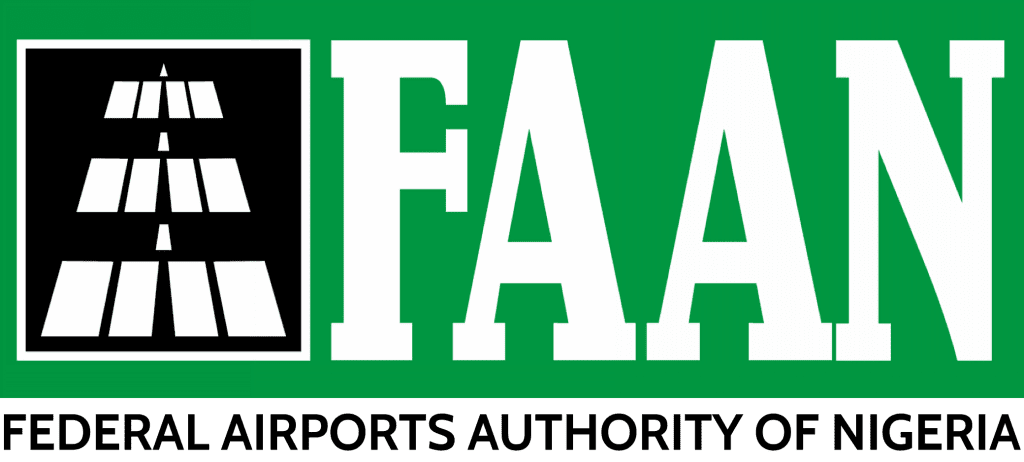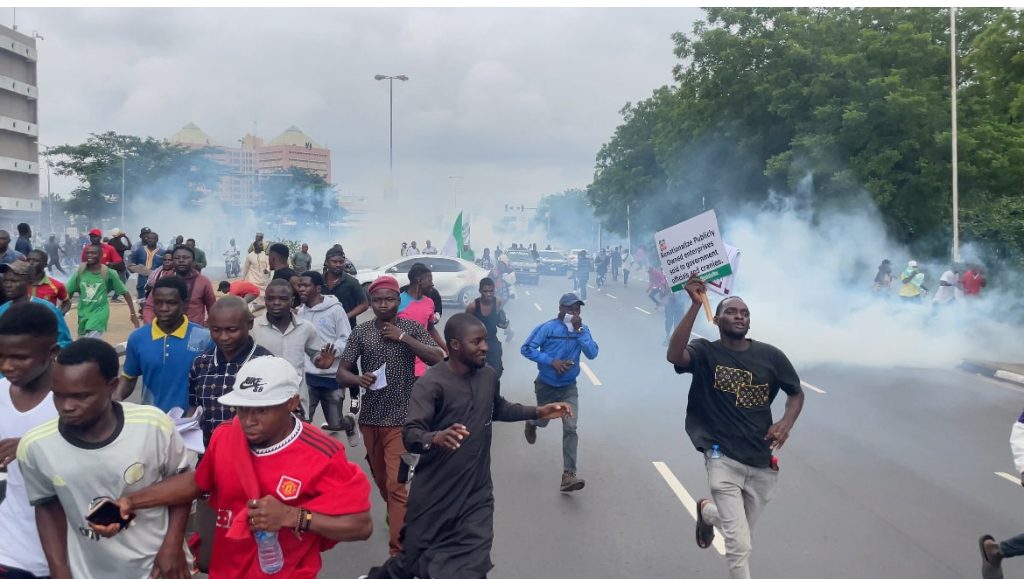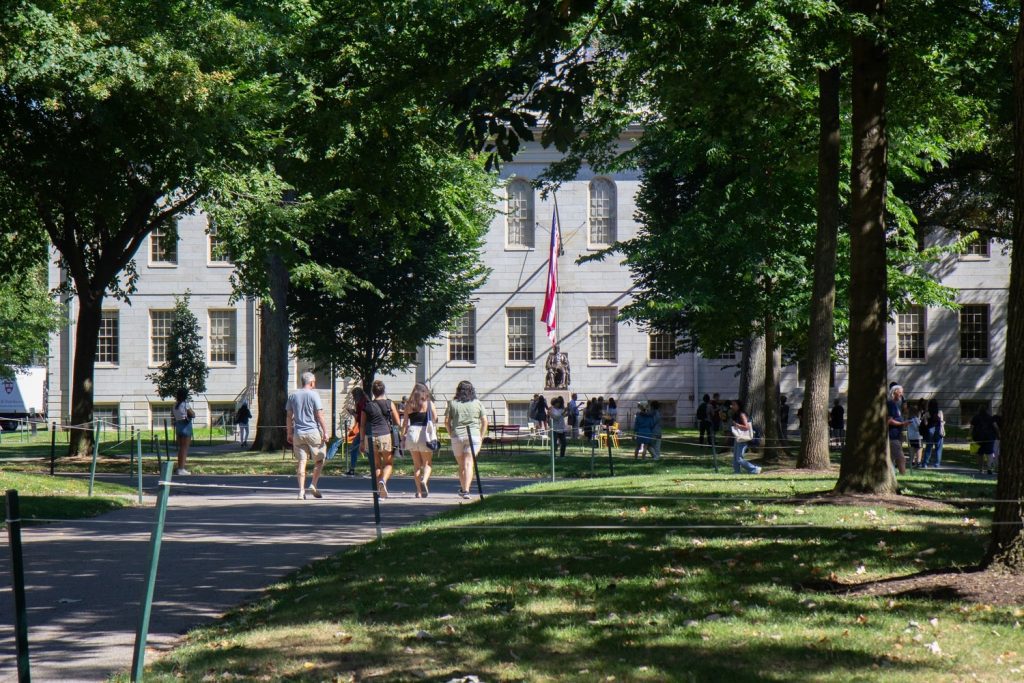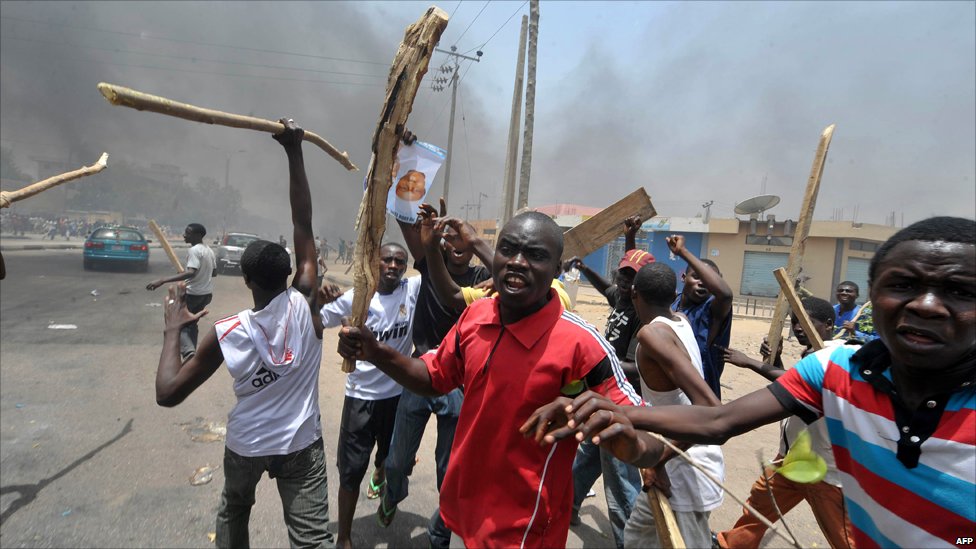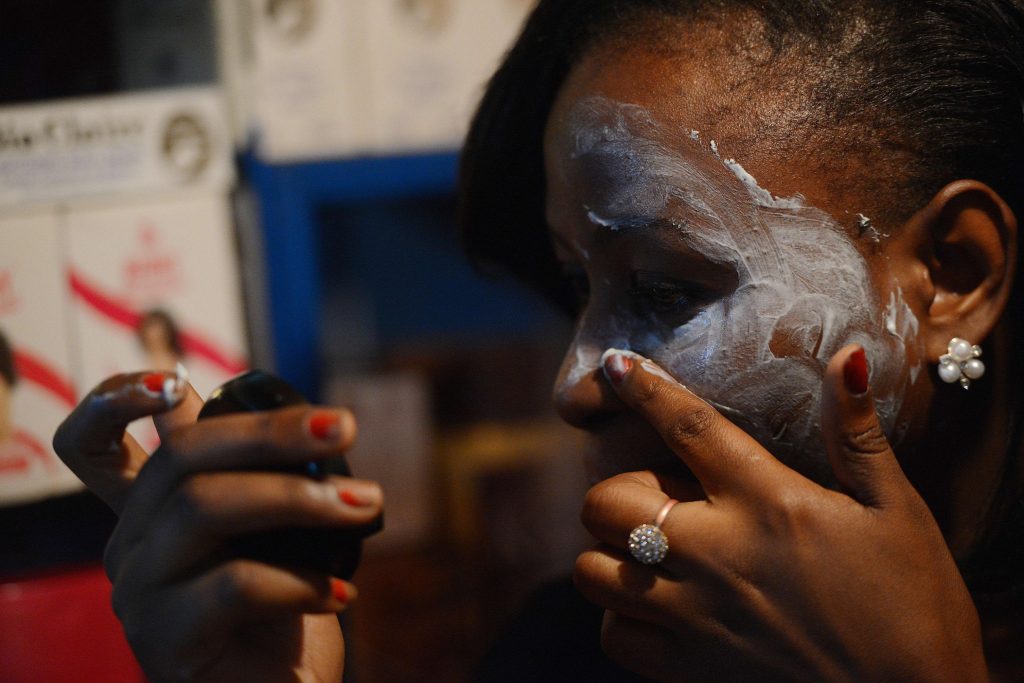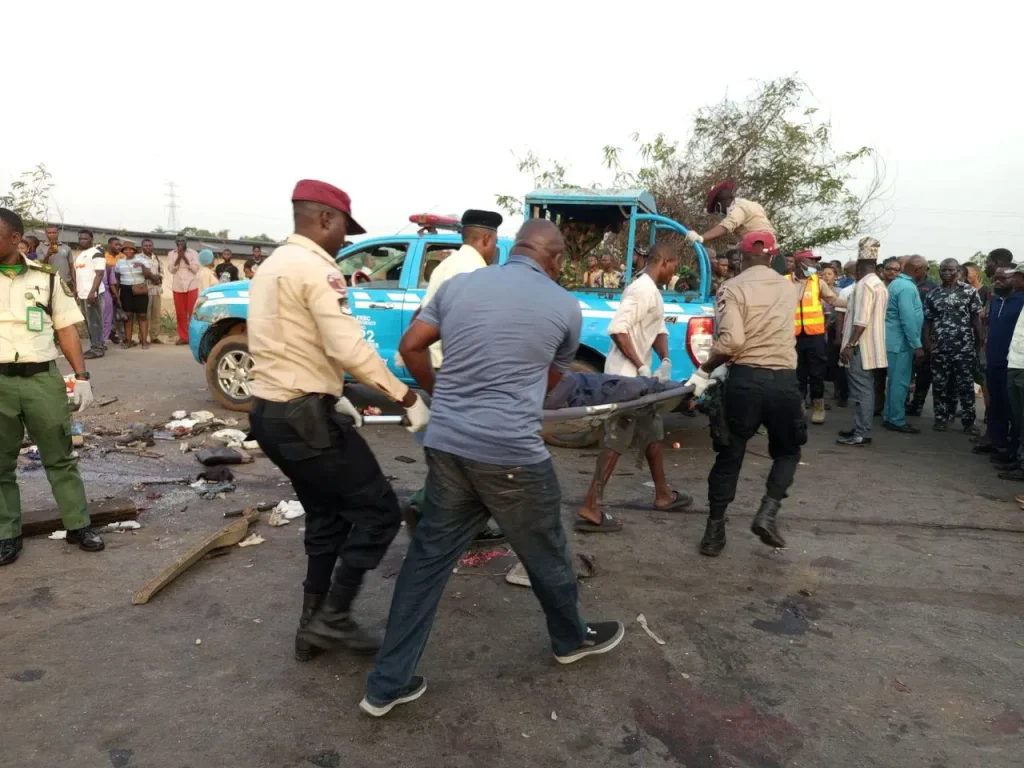In a decisive step toward modernizing infrastructure maintenance and ensuring public safety, the Federal Government of Nigeria has unveiled plans to deploy robotic technology for underwater inspections of bridges across the country. This initiative, aimed at replacing costly and risky manual inspections by divers, was announced by the Minister of Works, Dave Umahi, during a stakeholder engagement session on the Lagos-Calabar Coastal Highway project held on Sunday.
Bridging the Gap with Robotics
Speaking to stakeholders, Minister Umahi emphasized that the government is seeking innovative, technology-driven solutions to assess the condition of Nigeria’s aging bridges. By leveraging robotic systems designed for underwater inspections, the Ministry hopes to drastically reduce both the cost and the safety risks associated with deploying human divers.
“We are going to locate a robotic kind of machine that will be able to do the diving and allow us to see everything happening under the water in all our bridges,” Umahi stated.
The shift to robotics is expected to transform how the government conducts structural integrity assessments. According to the minister, the cost of hiring divers to go underwater for visual checks is not only financially burdensome but also time-consuming and often hazardous.
Support from HITECH and Global Tech Hunt
Umahi disclosed that the Managing Director of HITECH Construction Company, Mr. Danny Abboud, will assist in sourcing the appropriate robotic systems. Once identified, the Ministry of Works intends to procure the technology for nationwide deployment.
The plan is part of a broader effort by the administration of President Bola Ahmed Tinubu to incorporate modern engineering tools and practices in infrastructure development. It also marks a strategic push to improve the accuracy and efficiency of maintenance efforts, especially for bridges whose foundations lie underwater and have not been assessed thoroughly in decades.
Declaring a Nationwide ‘Bridge Emergency’
In addition to announcing the robotics initiative, Umahi declared what he termed a “bridge emergency”, reflecting the federal government’s concern over the current condition of many bridges nationwide — particularly those built over 50 years ago.
“We want to declare — I don’t know the word to use — a bridge emergency to know what is happening 53 years after we constructed these bridges, not only in Lagos but nationwide,” he said.
This declaration highlights the government’s intent to conduct a comprehensive audit of the country’s bridge infrastructure. Some of Nigeria’s most critical bridges, including the Third Mainland Bridge in Lagos, were constructed in the 1970s and 1980s. Decades later, many of them are in dire need of reassessment and reinforcement.
Infrastructure Projects and Renewed Hope Agenda
Minister Umahi used the platform to reaffirm the Tinubu administration’s commitment to prioritizing infrastructure development under the “Renewed Hope” agenda. He revealed that multiple projects would be inaugurated starting May 1, 2025, with more slated for completion by December of the same year.
“I want Nigerians to have hope in the Renewed Hope administration as we are building for the future, and inherited projects are given adequate attention,” he said.
This announcement underscores the government’s broader infrastructure roadmap, which includes both new and ongoing projects across highways, bridges, and public works — all tied to the administration’s mission to boost connectivity, safety, and economic growth.
Prohibition on Dredging Near Bridges
One of the critical safety concerns raised by the Minister involves illegal dredging activities near bridges. Umahi revealed that a Federal Executive Council (FEC) directive has been issued to ban dredging within a 10-kilometer radius of any bridge nationwide.
This policy was prompted by alarming reports of dredging around the Third Mainland Bridge, one of Nigeria’s busiest and most structurally sensitive bridges. According to Julius Berger, the construction firm overseeing the bridge’s maintenance, such dredging could compromise the structural foundation and lead to catastrophic collapse.
“We saw dredging on the Third Mainland Bridge, and Julius Berger had warned that should this dredging continue, that bridge would collapse,” Umahi warned.
He explained that the structural support of many bridges in Lagos is based on skin friction piles, which rely heavily on the surrounding sand for stability. When dredging removes this sand, the piles can begin to shift or dangle, posing a major threat to the bridge’s stability.
Call for Naval Collaboration and Waterway Surveillance
To prevent future violations, the Ministry is seeking collaboration with the Nigerian Navy to enforce dredging restrictions and monitor waterway activity. Umahi stressed the need for coordinated surveillance and patrols to prevent illegal sand mining and protect the structural integrity of bridges.
“All the piles in Lagos are being held by skin friction… So, if you remove the sand, the piles will start dangling, and it is very dangerous,” he reiterated.
By partnering with the Navy, the federal government aims to ensure that ongoing and future dredging activities comply with national safety standards and environmental regulations.
Why This Matters: Context and Concerns
Bridge infrastructure in Nigeria has long suffered from underinvestment in maintenance, poor structural assessments, and inadequate response mechanisms. High-profile incidents, including bridge collapses in Lagos, Port Harcourt, and parts of the North Central zone, have underscored the urgent need for systematic evaluation and restoration.
Some bridges, like the Eko and Third Mainland bridges, serve as daily lifelines for millions of commuters and are critical to economic activity in cities like Lagos. Their potential failure would not only lead to loss of life but also paralyze trade, transport, and logistics.
The robotics initiative, combined with a “bridge emergency” declaration and dredging controls, signals a shift in Nigeria’s infrastructure governance — from reactive crisis management to proactive structural safety.
Looking Ahead: What Could Happen Next?
If effectively implemented, the adoption of robotic underwater inspection could significantly improve the government’s capacity to detect early signs of bridge deterioration. This could lead to:
-
Fewer structural failures and improved safety for commuters;
-
Lower long-term maintenance costs due to early detection of faults;
-
Faster repair timelines, thanks to precise data from robotic inspections;
-
Creation of new technical jobs in robotics operation, data analysis, and infrastructure diagnostics.
However, success will depend on the government’s ability to integrate this technology with existing maintenance programs, train personnel, and ensure compliance with inspection protocols nationwide.
Moreover, the ongoing engagement with the Navy and contractors like HITECH will need to be managed transparently and efficiently to prevent delays or mismanagement.
In summary, Nigeria’s decision to use robotic technology for bridge inspections represents a bold, modern approach to infrastructure safety. Coupled with a national bridge audit and stricter regulations on dredging, it could mark a turning point in how the country manages its aging infrastructure. With May and December slated for major project inaugurations, Nigerians will be watching closely to see whether the government delivers on its promises — and whether technology truly becomes a game-changer for public works in Nigeria.

